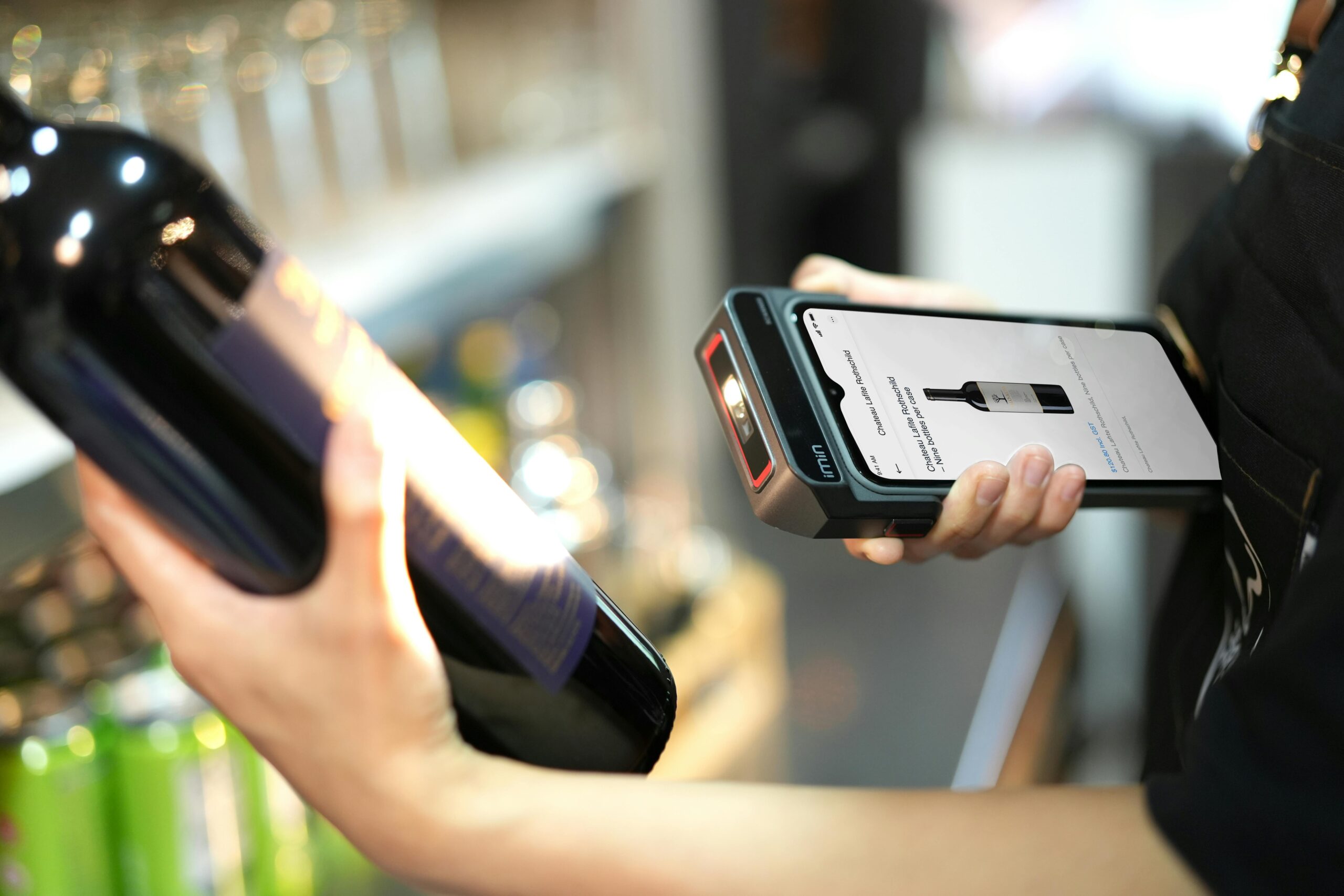“Ever freaked out thinking someone could steal your credit card info with just a wave of their hand? Yeah, us too. Let’s talk about why RFID blocking technology is a game-changer for your shiny metal credit cards.”
If you’ve been eyeing a fancy metal credit card, you might already know it screams status and exclusivity. But did you also know these premium cards can be a magnet for hackers because of RFID (Radio-Frequency Identification) vulnerabilities? In this guide, we’ll explore the world of RFID blocking technology and its critical role in protecting your metal credit cards. You’ll learn:
- What are RFID-skimming risks?
- Why metal cards are particularly vulnerable.
- Steps to safeguard your financial information.
- Tips for choosing the right metal credit card wallet.
- Real-world examples of RFID fraud prevention.
Table of Contents
Key Takeaways
- RFID skimming is a real threat that targets contactless payment methods, including metal credit cards.
- RFID blocking technology provides a reliable shield against unauthorized data theft.
- Choosing an RFID-blocking wallet can enhance both style and security.
- Metal credit cards, though luxurious, require extra precautions.
Section 1: Why Should You Be Worried About RFID Skimming?
In case you didn’t know, RFID technology allows devices to read embedded chips wirelessly—no physical swiping or inserting required. It’s used everywhere today: from toll booth passes to keycards and yes, credit cards.
Now here’s where things get scary. Imagine walking through a crowded coffee shop, and a thief with an RFID reader casually walks past. Without ever touching your wallet, they could “scan” your card and harvest sensitive details like your account number. This method is called RFID skimming, and it’s shockingly easy to pull off without proper safeguards.
So, why do metal credit cards need special attention?
Confession time: Once upon a time, I thought having a sleek titanium card made me untouchable. Spoiler alert—it didn’t stop me from getting skimmed at an airport terminal.
Sadly, many people assume that because metal credit cards are so high-end, they’re immune to vulnerabilities. But actually, their advanced features often make them prime targets!

Image Description: A step-by-step visual showing how RFID scanners extract card information from contactless payments.
Section 2: Steps to Protect Your Metal Credit Card with RFID Blocking Technology
The good news? You don’t have to live in paranoia. With RFID blocking technology, you can turn invisible threats into non-issues.
Step 1: How Does RFID Blocking Work?
RFID blockers work by creating a Faraday cage around your cards—a shield made of materials designed to block electromagnetic fields. Think of it as wrapping your card in a force field only Batman would approve of.
Step 2: Invest in an RFID Wallet
Not all wallets are created equal. Look for one explicitly labeled “RFID protected,” ensuring its lining contains metals capable of obstructing signals.
Optimist You: *“It’s simple! Just buy any wallet claiming RFID protection!”*
Grumpy You: *“Ugh, nope. Not all RFID wallets are legit—test before trusting.”*
Step 3: Test Before Trusting
Pro tip: Don’t trust brand claims blindly. Use an RFID testing tool—or even try pairing two identical cards—if one gets blocked while another doesn’t, congrats! Your wallet works.

Image Description: A demonstration of someone using an RFID tester on various wallets lined with protective interior fabric.
Section 3: Best Practices for Picking an RFID Wallet
When shopping for an RFID-blocking wallet, remember these essentials:
- Check Materials: Ensure the interior features layers of aluminum, copper, or other signal-blocking elements.
- Look Beyond Aesthetics: A beautiful leather exterior won’t help if the inside lacks functionality.
- Capacity Matters: Make sure it fits not only your metal credit card but also other cards and cash.
- Read Reviews: Brands like TrustedSourceWalletReview.com offer detailed reviews based on actual performance.

Image Description: Inner compartments of an RFID-blocking wallet highlighting metallic lining for each individual card slot.
Section 4: Real-Life Success Stories
Let’s hear it straight from the trenches. One Reddit user shared how his $500 Louis Vuitton wallet failed him when he fell victim to RFID theft—but switching to a $20 practical option saved his finances overnight.
Another testimonial came from Sarah K., whose corporate job frequently had her traveling internationally. She switched to an RFID-blocking clutch after learning about skimming attempts in European airports. Peace of mind restored!
Section 5: FAQs
Do all metal credit cards come with built-in RFID shields?
Nope! Many premium cards rely solely on EMV chips for security—not RFID shielding. Always double-check.
Can RFID thieves scan my phone too?
Probably not—they use NFC tech instead of traditional RFID. However, locking your device minimizes risk further.
Is RFID blocking worth the investment?
One hundred percent yes. If thieves target your card once, replacing stolen funds becomes exhausting.
Does tin foil really work as an RFID blocker?
Sure, technically—but lugging around crumpled aluminum isn’t exactly chic now, is it?
Conclusion
So there you go—an ultimate guide to keeping those flashy metal credit cards safe from sneaky RFID scams. Whether you invest in a stylish yet functional RFID-blocking wallet or embrace more straightforward solutions, remember that peace of mind always beats style alone.
As promised earlier, here’s a haiku to cap it off:
RFID stealth tech
Shields your card’s digital soul
Purse protector.
